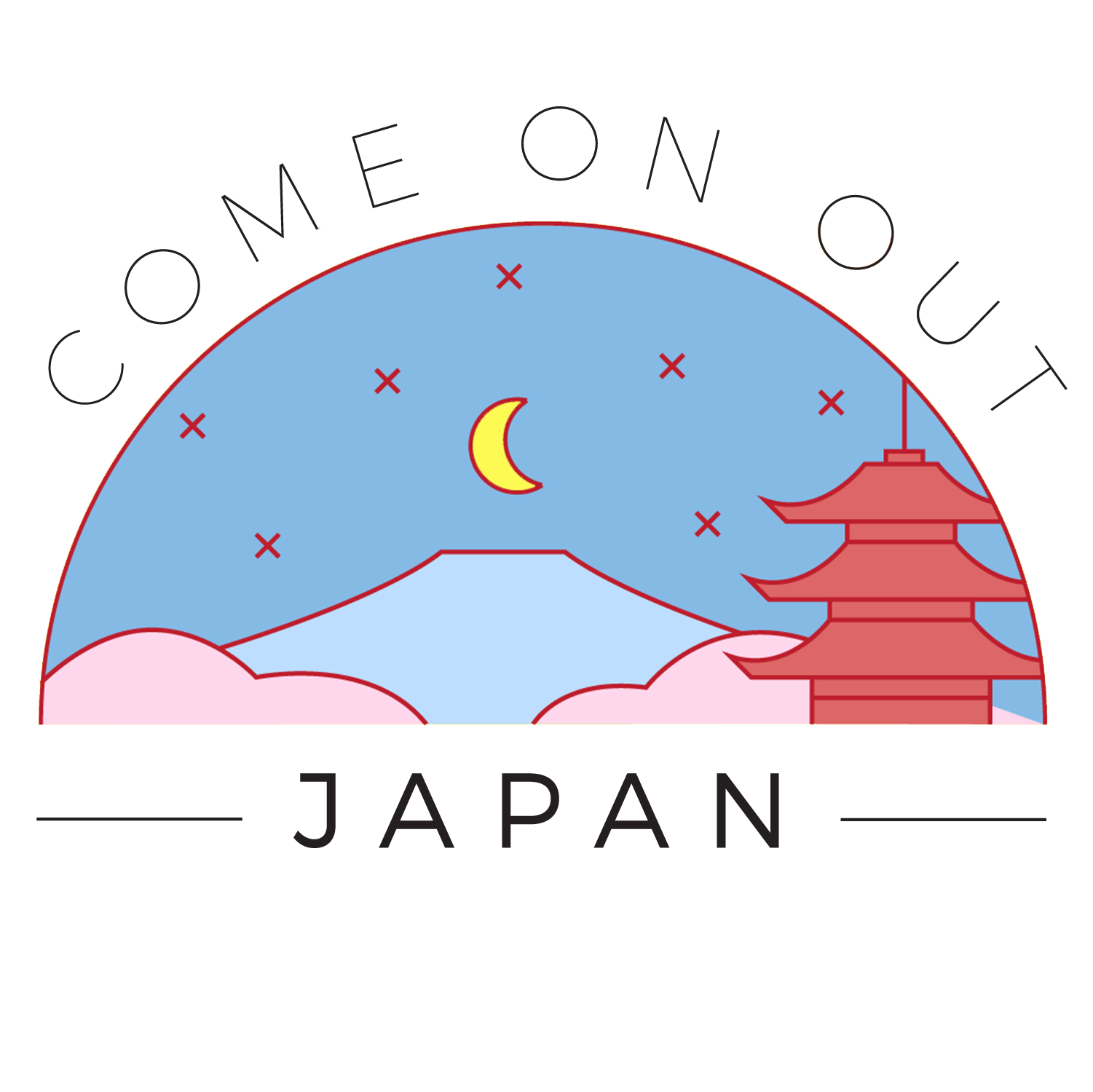Why is being vegetarian in Japan difficult?
(Number 2 will SHOCK you.)
1. Most food apps aren’t in English.
Not being fluent in Japanese makes every aspect of having dietary restrictions more difficult. The displayed menus are in Japanese, the tabs are in Japanese, and even the app names are sometimes in Japanese. It can be difficult to find restaurants and navigate menus.
2. Fish isn’t always considered “meat” in Japan.
Often, food labeled as “vegetarian” in Japan will still have fish or fish product in them! Ingredients such as dashi or bonito are derived from fish and are often used in the creation of dishes in restaurants, particularly broths and soups. It’s even more difficult when you find a restaurant online labeled vegetarian, only to arrive and see that there isn’t any truly vegetarian food on the menu!
3. Egg is everywhere.
While I personally eat egg, I know many vegetarians who don’t. While some dishes obviously have egg in them, such as omurice or omu karē, others are less able to be discerned. For example, many pastries at bakeries are made with egg or egg wash, and vegetable fried rice may egg beaten into it. Like fish, egg is often used to fortify foods in restaurants, making it difficult to eat out.
How do I survive as a vegetarian?
Fret not, fellow vegetarians! There are ways to survive in Japan as a vegetarian without defaulting to eating only plain rice-based foods. I did that for my first week in Japan – you know you’ve hit a low point when you’re an Indian who starts to hate rice.
1. Learn survival Japanese
Obviously, you will pick up some Japanese to be functional, but here’s more vocabulary to learn for when you’re at restaurants:
Niku/sakana/tamago nashi onegaishimasu = No meat/fish/egg please.
Bejitarian tabemono ga arimasu ka? = Do you have vegetarian food?
Eego no menyuu ga arimasu ka? = Do you have an English menu?
Niku/sakana/tamago o taberaremasen. = I can’t eat meat/fish/egg.
Kono menyuu de, dono tabemono ga bejitarian desu ka? = In this menu, which food are vegetarian?
For the above phrases, replace the “/” with “to” (pronounced “toe”) to change to meaning to “and.” E.g. niku/sakana = meat/fish; niku to sakana = meat and fish.
Learning katakana is also useful. Katakana is the Japanese alphabet for borrowed, foreign words. It’s also phonetic, so with a little bit of thinking, you can easily understand some food names. However, this is time-consuming, so Google Translate may still be your best bet.
2. Plan beforehand
While spontaneity is fun, it’s not easy when vegetarian. Look up places and menus on apps and websites such as GuruNavi or Tabelog. You can search and sort by location, cuisine, and tags ~including vegetarian~! I always feel bad when I don’t have a place in mind, yet I’m simultaneously shutting down my friends’ suggestions because they don’t have vegetarian food.
Pro tip: Search Buddhist cuisine on Tabelog; it has many more vegetarian options than other Japanese cuisine.
3. Cook
Most vegetables are cheap to buy at supermarkets, and many living quarters contain some semblance of a kitchen. At the very least, you can make tasty udon on your own with just a stove, pan, water, and ingredients. And cooking will be significantly cheaper than going to a restaurant!
4. Take suggestions
Here are mine:
Indian food – As an Indian man, this is my number one. Indian food is tasty and likely to have vegetarian options, especially if the place is run by Indian people. A small chain in Shinjuku called Curry and Naan is GOD-level amazing.
Italian food – Italian is a cuisine that tends to lend itself to vegetarianism. While seafood is huge in Italian cuisine, most Italian places offer pizza or pasta made from tomato sauce that is both flavorful and vegetarian. My recommendations are a chain family restaurant called Saizeriya and a place with a great lunch deal called Bistro Flambé.
Konbini food and supermarket bentos – While supermarket food might not be the best food you’ll eat in your life, they’re quick to eat and readily available. I would recommend ume onigiri (pickled plum rice balls) from any konbini, and vegetable tempura or fermented vegetable sets from any supermarket as a good way to get nutrients.









